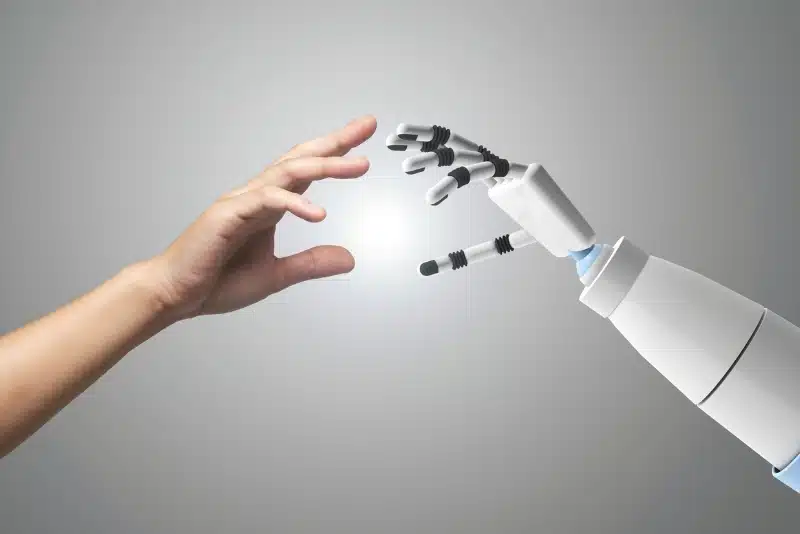It was a hot July evening in 2024.
I sat in my tiny office, listening to the ceiling fan and my laptop making noise. Deadlines were close, and my latest marketing campaign wasn’t doing well.
Even though I had planned everything carefully, the numbers were disappointing. I was getting frustrated as I reviewed the data, trying to figure out what had gone wrong.
Then, a colleague told me about an AI tool that could analyze customer behavior in real time. I wasn’t sure if it would work, but I was willing to try anything.
I added it to our plan, and within a few days, it found things we missed: when people were most engaged, what kind of content they liked, and even the best colors to use. We made some changes, and our engagement went up. It was amazing.
This experience made me realize how important AI is in digital marketing. The old ways weren’t enough anymore. Using AI wasn’t just a choice—it was a must to stay ahead.
1. Break the Algorithm Before It Breaks You
1.1 Content Overload and Diminishing Engagement
In 2024, researchers Nicole Immorlica, Meena Jagadeesan, and Brendan Lucier published a bombshell study on how online content platforms quietly shape what we see—and feel.
Immorlica et al. studied engagement-based optimization: the algorithmic sauce behind every “recommended for you” list. Platforms reward content that gets clicks. Sounds good? Here’s the kicker: it doesn’t always reward quality.
The team modeled a digital battlefield—creators competing for eyeballs—and gamified it. They measured how much creators invested in real value (quality) versus cheap tricks (clickbait). Then, they tested their model on Twitter data. Yes, real tweets. Real results.
1.1.1.: Clickbait Wins, But Users Lose
- More gaming = less quality.
- Engagement-obsessed platforms hurt their users.
- Sometimes, random recommendations perform better than algorithmic ones.
- And ironically? Engagement drops when content gets too gamified.
It turns out that the more creators game the system, the worse it gets for everyone. Even the platforms lose.
In short, the feed’s broken.
This study exposes the dark side of AI in Digital Marketing. It explains why your audience scrolls past your posts. Content fatigue isn’t about quantity alone. It’s about quality sacrificed for virality.
So the next time someone blames “bad copy,” ask: Was it bad—or buried in an algorithmic mess?
1.2 Use AI Marketing Tools for Precision Targeting
Arun Nedunchezhian (2025) didn’t pitch ideas. He broke marketing open. In his study, machine learning in digital marketing replaced intuition with precision. Using natural language processing (NLP), computer vision, and ensemble learning, he pinpointed what drives conversion.
Forget guesswork. Nedunchezhian mapped behaviors, not demographics. Then, he matched them with click-worthy creative.
Want results? He brought receipts.
1.2.1: The Stats That Matter

Figure 1. Use AI Marketing Tools for Precision Targeting (Source: Nedunchezhian, 2025)
- Creative dev costs dropped by 41.2%
- 87.6% of firms saw sharper targeting
- NLP boosted sentiment segmentation accuracy by 30%
- Visual element recognition improved engagement tracking by 22%
- Ensemble models raised conversion rates by 19%
It’s predictive analytics marketing done right. AI marketing tools that don’t spam—they seduce. That’s real targeting. Real-time. Real smart.
